Make a yummy Baked Alaska and learn at the same time.
Mmmmm, Ice-cream is one of my and my children's favourite foods. On its own straight out of the tub, or on top of a cone or with a pudding, it is just yummy, but we all know what happens if you leave ice cream out for too long, don't we? Yes, it melts!
Personally, I quite like runny ice cream, but is it possible to keep ice cream cold and not melt and apply heat?
Sounds impossible, doesn't it? but actually, in the simple pudding Baked Alaska, we are going to see this happen!
What you will need:
Some cookies or sponge cake (quite large ones!)
Some ice-cream
3 large eggs
200g of sugar
Mixing bowl
Whisk
Baking tray
Aluminium Foil
Oven
How to make Baked Alaska
1. Firstly, you need to separate the egg yolk from the egg white. The easiest way to do this is to crack the egg into your hand over a bowl. Catch the yolk and let the white drain through your fingers. Put the yolk into a separate bowl. Try to get as much of the white as possible.
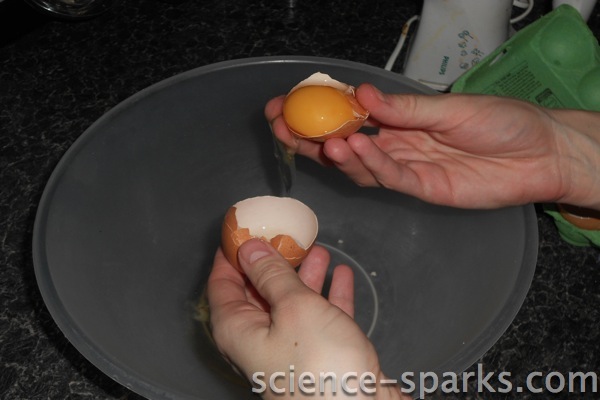
2. Add the sugar and whisk together until you have a glossy thick meringue mixture - test it over your head to check that it is stiff enough. If you think it will pour, it is not ready!
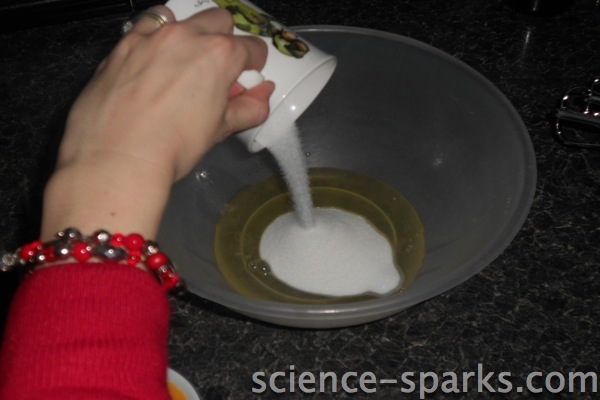
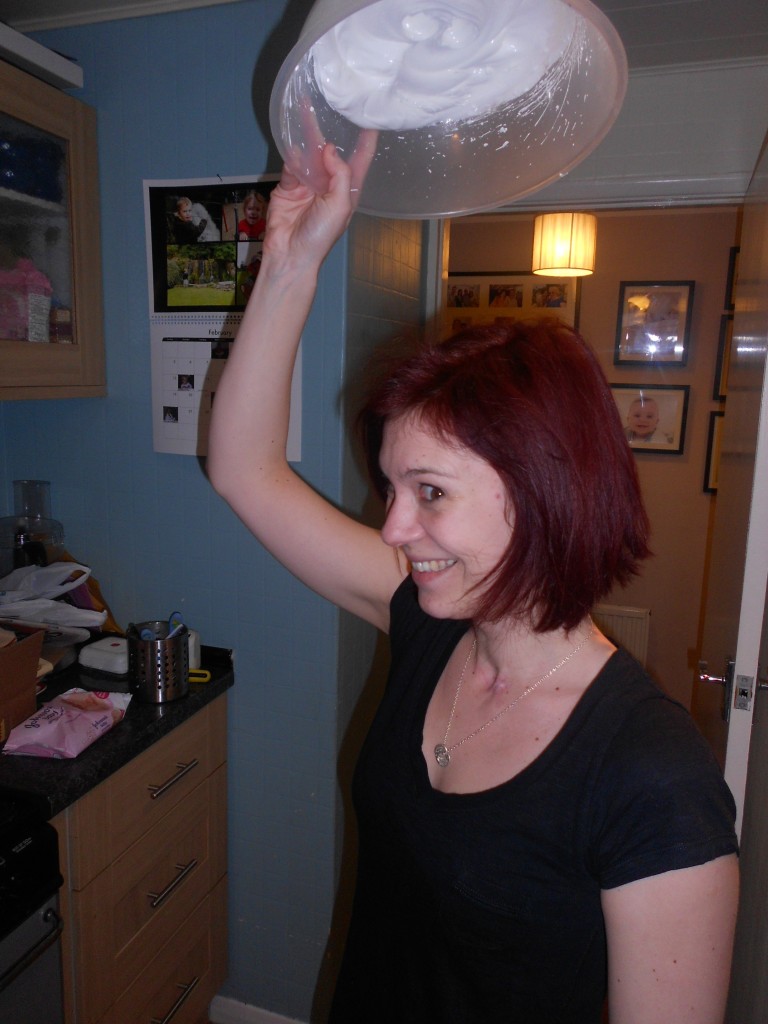
3. Pre-heat your oven to the highest gas mark.
4. Line your baking tray with the silver foil. Place on your cookies.
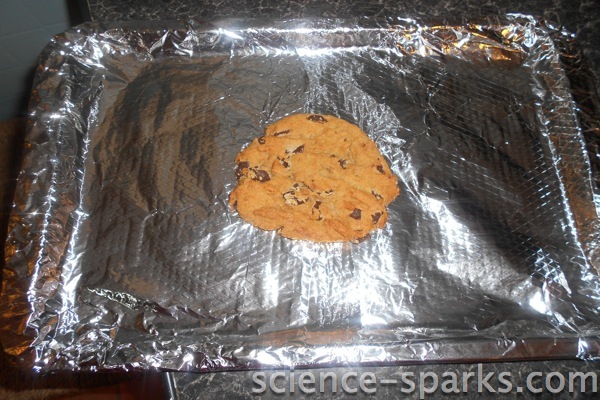
5. Take a scoop of ice cream that will fit the centre of the cookie. Put it into the meringue mix and submerge it until it is totally covered.
6. Put your ice cream scoop on the cookie.
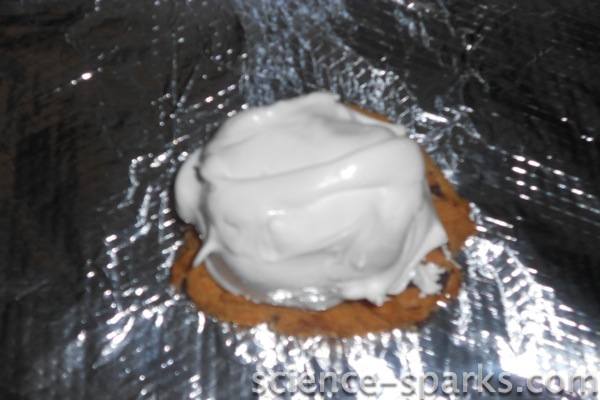
7. Bake the ice cream for about five minutes or until it goes golden brown.
8. Remove it and cool it for a few minutes, so you don't burn your lips and you have a nice yummy pudding!
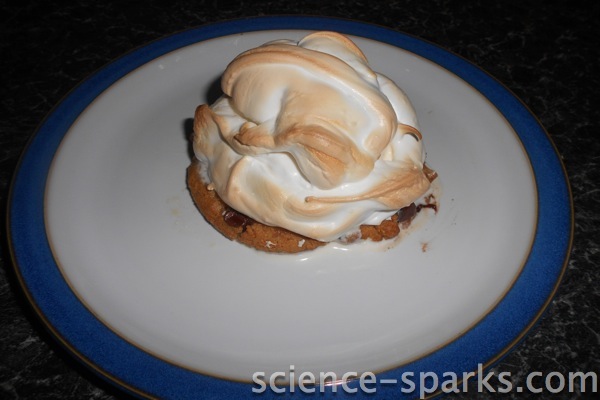
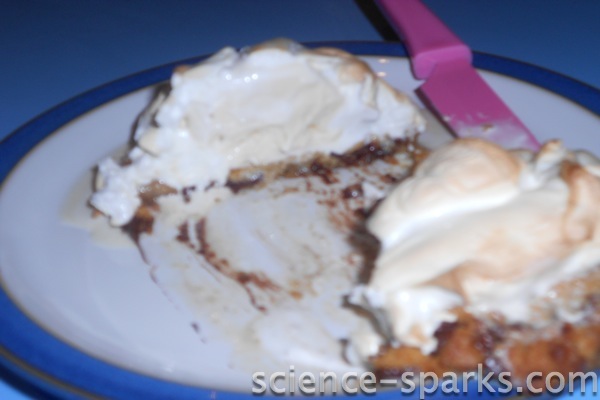
Why doesn't Baked Alaska melt?
When you whisk up the meringue, you fill the mixture with lots of air bubbles, remember, we looked at transforming egg whites a little while ago! This acts as an insulating layer around the ice cream and protects it from heat. The heat is unable to penetrate through and so the ice cream stays cold.
So there you have it - science and a pudding all in one! You can't get better than that!
Last Updated on February 27, 2023 by Emma Vanstone
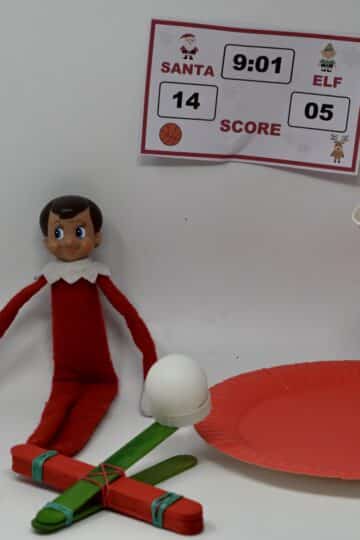
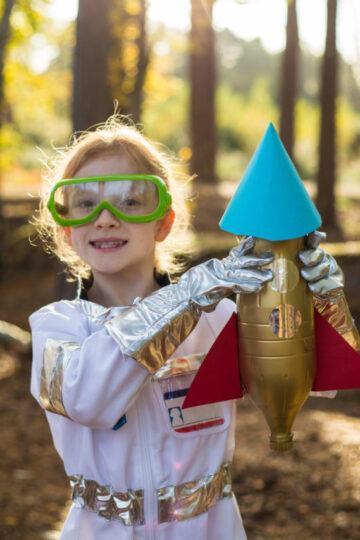

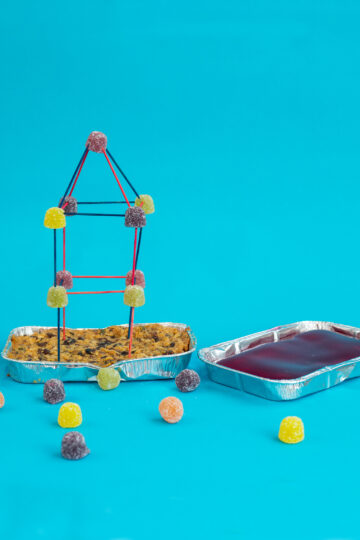
Kelly says
Yummy science!
ScienceSparks says
Yes, kitchen science is one of our favourites.
HELEN says
yum! I've never made a baked alaska but I want to try now!
x
ScienceSparks says
It is totally worth the effort!
maryanne @ mama smiles says
Yum! Yours looks gorgeous!
ScienceSparks says
It was...the great thing about science it you have to repeat the experiment to ensure it is accurate!
annelittlesproutbooks says
Have to admit I've never tried Baked Alaska, let alone knew how it worked... I'm so intrigued now!
ScienceSparks says
Give it a go...the yumminess is worth the effort!
Actually Mummy... says
I have never made baked alaska but it's half term holidays so I'm going to do it today!!
ScienceSparks says
Oh it was so delicious especially as the cookie goes warm and soft! Delicious!
baily says
i am sooooo hungry now cause of how it looks
Cerys @ Rainy Day Mum says
This is so great and something that I can't wait to do once J is a little older. I love how brave you were with the bowl
Thank you for linking up to Tuesday Tots
ScienceSparks says
Yes I was a little nervous! Your welcome! x
maggy,red ted art says
Oooh yummy and I LOVE that image of the whisked egg white.. really didn't fall out!
Thank you for sharing on Kids Get Crafty!
Maggy
ScienceSparks says
It really didn't fall out, but I was very nervous!
Carrie says
How fun! I remember making Baked Alaska with my mother for special occasions...Christmas maybe. We never discussed the science behind it though. Thank you for sharing at Sharing Saturday!! Have a great week!
Rachel says
I can't tell how much sugar is needed. It only says "g of sugar" on my screen.
Charlene says
I'm guessing that the amount of sugar is 100g? I looked at another few recipes for baked alaska, and 100g (or nearly 1/2 c) of sugar seems about right in proportion to the egg whites.